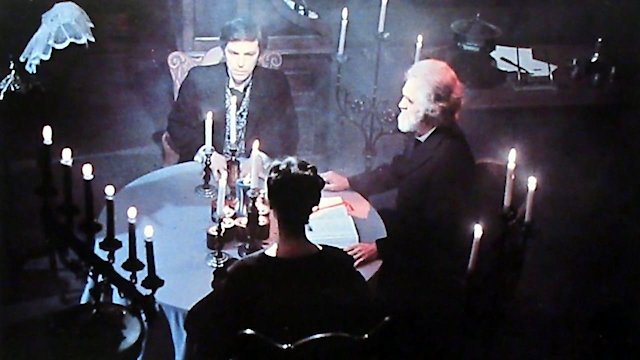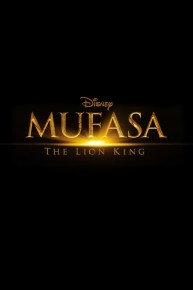
Wolfman
Where to Watch Wolfman

Wolfman, released in 1979, is a captivating blend of horror and supernatural elements that draws viewers into a world where folklore meets personal trauma. Directed by the talent of Earl Owensby, who also stars as the lead character, the film is a unique entry in the genre, combining traditional werewolf lore with a modern narrative that examines the nature of man and the beast within.
The story begins in a small, close-knit town, where the air is thick with tension and the shadows are long. Earl Owensby plays the central character, a man grappling with an unexplained change in his life after a traumatic event in the woods. The film sets itself apart by exploring not just the physical transformation into a werewolf, but also the psychological ramifications of such a transformation. Owensby’s performance is both haunting and vulnerable, perfectly encapsulating the struggle between humanity and primal instinct. As he navigates his new reality, the audience is drawn into his turmoil, feeling the weight of his burdens.
Kristina Reynolds plays a pivotal role as the character who represents both love and a sense of normalcy in the protagonist's chaotic life. Her chemistry with Owensby adds emotional depth to the narrative. Their relationship serves as a counterbalance to the dark undercurrents of the transformation, illustrating how love and connection can be tested in the face of inexplicable horror. Reynolds brings an element of grace and strength to the film, embodying a character that is both supportive and determined to confront the mysteries surrounding her partner.
The film’s antagonist, played by Sid Rancer, embodies the archetype of a character who seeks to exploit the chaos and fear that the werewolf legend brings to the town. His presence introduces a layer of conflict that enhances the film's tension. Rancer’s portrayal is charismatic yet sinister, presenting a foil to Owensby’s tortured character. The interactions between Rancer and Owensby are charged with an electric intensity, pushing the narrative towards moments of unavoidable confrontation.
Wolfman excels in its atmospheric cinematography, utilizing the natural beauty of the surrounding landscape to enhance the horror elements of the story. The woods, which initially feel like a place of solace, gradually transform into a haunting backdrop, symbolizing the internal struggle faced by the main character. The cinematography captures the essence of isolation and fear, creating a sense of impending doom that envelops the viewer. Through the careful composition of shots and strategic use of lighting, the film evokes a palpable sense of suspense that keeps the audience on the edge of their seats.
Incorporating elements of local folklore, Wolfman delves into the dichotomy of man versus beast. It poses thought-provoking questions about identity, morality, and the boundaries of human nature. As Owensby's character becomes more entwined with his lycanthropic side, the film skillfully navigates the thin line between sympathy and horror. The evolution of his character invites viewers to ponder the consequences of the choices we make and the darker aspects of our instincts that often lie dormant.
The film's score further enhances its eerie ambiance, employing a mix of haunting melodies and unsettling soundscapes. The music mirrors the protagonist's emotional state, ebbing and flowing with the tension of the narrative. It accentuates key moments of transformation and conflict, helping to create an engaging experience for the audience. In many ways, the score serves as an additional character in the story, amplifying the stakes and drawing viewers deeper into the chilling atmosphere of the film.
Wolfman also stands out due to its commitment to practical effects, which were a hallmark of the era. While not as advanced as today’s CGI, the film's use of makeup and prosthetics is both effective and memorable. The transformations are visceral, reinforcing the horror of losing control and the fear that one’s darker side might take over. This dedication to practical effects underscores the film's authenticity and contributes to its cult status among horror enthusiasts.
Overall, Wolfman is a compelling exploration of the horror genre, steeped in folklore and psychological complexity. With strong performances from Earl Owensby, Kristina Reynolds, and Sid Rancer, the film weaves a narrative that is both thrilling and introspective. It invites audiences to confront their own fears and the primal instincts that reside within. As the characters navigate their intertwined destinies, viewers are left to ponder the darker aspects of humanity and the beast lurking beneath the surface. Whether you are a fan of classic horror or simply looking for a film that offers both suspense and substance, Wolfman promises a chilling yet thought-provoking experience that resonates long after the credits roll.
Wolfman is a Horror movie released in 1979. It has a runtime of 102 min Critics and viewers have rated it mostly poor reviews, with an IMDb score of 3.1..











